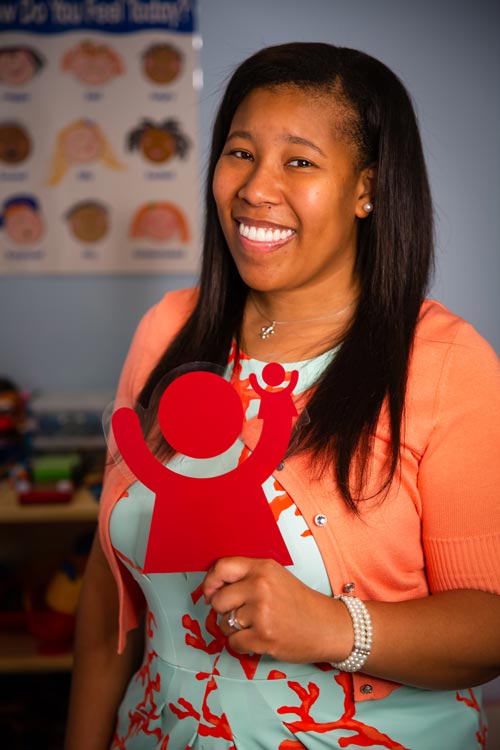 In play therapy, toys are children’s words and play is their language.
In play therapy, toys are children’s words and play is their language.
If you’re visiting this page, you might be a little confused about how play and therapy go together! That’s perfectly ok and normal!
It’s a common misconception that toys are used in therapy only to introduce and build a relationship with the therapist. However, in play therapy, toys are the words and play is the language.
Play IS the therapy.
“But how could that be?” you ask. Let’s talk about the brain for a minute. Our most complex thinking and mental processing happens in a part of the brain called the cerebral cortex. This is where our abstract thought and language is assembled by using all of the sensory information in the environment around us. Children have less developed cerebral cortical areas, because, well… they haven’t been around as long as adults. Therefore, it’s much harder for them to process their experiences through talking. In a play therapy setting, children have an opportunity to experience, develop, and practice solutions to their own problems through PLAY within the safety of a carefully cultivated therapeutic relationship with a trained mental health clinician. Just like adults feel better being able to talk to a therapist about what’s going on or what has happened in life, play therapy allows children to do the same and experience the same sense of relief – just through the language of play and the words of toys!
Play therapy is the treatment of choice for the following:
- Adjustment Disorder
- PTSD (post-traumatic stress disorder)
- Dissociative Disorder
- Depressive episodes
- Specific fears and phobias
- Aggressive, acting-out behavior
- Anxiety and withdrawn behavior
- Abuse and/or neglect
- Selective mutism
- Family violence and other family problems
- Grief Issues
- Adoption and foster care related issues
- Hospitalization
- Severe trauma – war, natural disasters, etc.
- Chronic or terminal illness
- Attachment Disorder
Play therapy may be a beneficial treatment if combined with other treatments:
- Attention deficit hyperactivity disorder
- Major depressive disorder
- Separation anxiety disorder
- Enuresis or encopresis
- Learning Disabilities
- Physical Handicaps
- Intellectual and developmental disability
Play therapy helps children:
- Become more responsible for behaviors and develop more successful strategies.
- Develop new and creative solutions to problems.
- Develop respect and acceptance of self and others.
- Learn to experience and express emotion.
- Cultivate empathy and respect for thoughts and feelings of others.
- Learn new social skills and relational skills with family.
- Develop self-efficacy and thus a better assuredness about their abilities.
See below for more information on play therapy.
- Commonly Asked Questions about Play Therapy: https://www.a4pt.org/page/ParentsCornerHomePag
- What to Expect in Play Therapy: https://a4pt.site-ym.com/page/ParentsStagesofThera
- Research and “Misuse of term of play therapy: What play therapy is NOT”: https://www.a4pt.org/page/PublicResearchResource
- Play Therapy Versus a Play-Based Therapy: https://cdn.ymaws.com/www.a4pt.org/resource/resmgr/magazine_articles/Play_Therapy_vs_Play-Based_T.pdf
- Child-Centered Play Therapy: https://cdn.ymaws.com/www.a4pt.org/resource/resmgr/publications/pt_theories/ChildCentered_Sept2019_FINAL.pdf
- Play Therapy Outcome Research Database: https://evidencebasedchildtherapy.com/outcome-research/
- Play Therapy Can Help Kids Speak the Unspeakable: https://www.nytimes.com/2020/07/21/parenting/play-therapy.html
- What Therapy Really Is: https://robyngobbel.com/wp-content/uploads/2022/08/What-Therapy-Really-Is.pdf
- 20 Therapeutic Powers of Play: https://cdn.ymaws.com/www.a4pt.org/resource/resmgr/magazine_articles/2019-20/Therapeutic_Powers_of_Play_W.pdf
Some information on this page was adapted from the APT webpage. For more information, please visit the Association for Play Therapy’s (APT) webpage at www.a4pt.org
